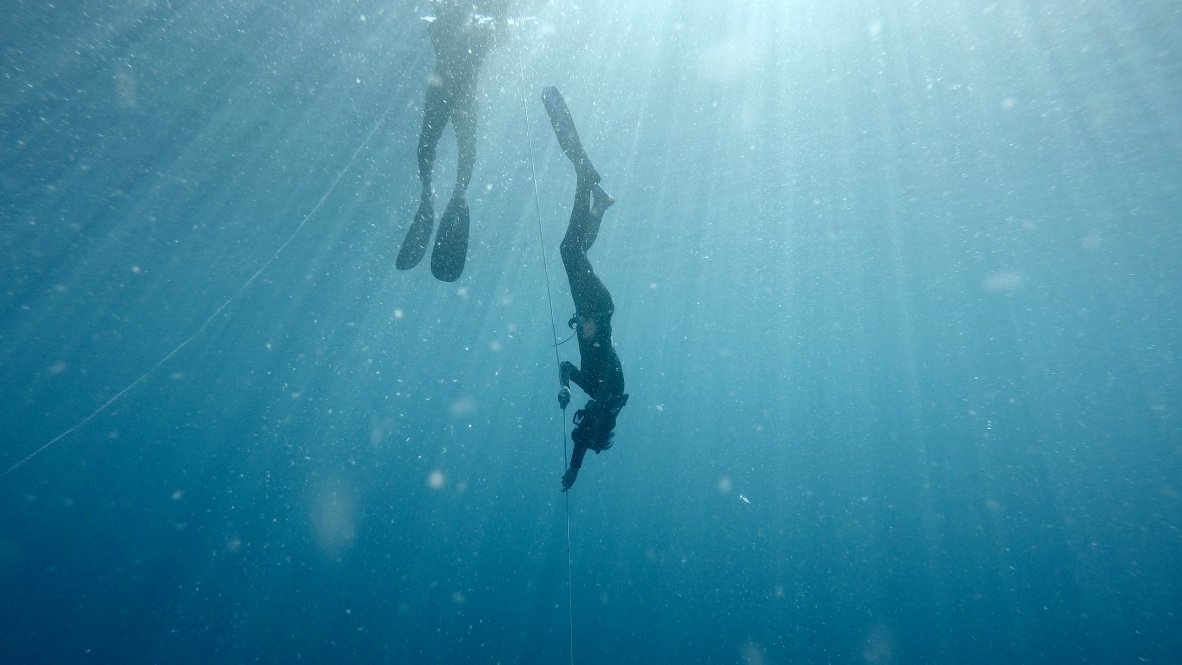I don't know what this equalisation method is called. I call it the jaw yank. You push your lower jaw forwards, down and out and that's enough for some people to open ear canals to equalise.
Some people can't do this. Why? I think I just found out.
It turns out that that there's a theory from some breakaway orthodontic dentists that went as far as to rename themselves as orthotropics. A bit of a body dysmorphic cult called mewing has been following after this but the science behind the bro-science seems solid enough.
Basically the theory goes that nearly everyone has lost definition in our faces due to a softer diet. It's so common that we don't even recognise this abnormality as abnormal. The point for diving is that this also affects the ear canals. It would also mean that ancient divers might have barely needed to equalise.
The upshot is this:
Potentially improve your equalisation ability by chewing harder food, improving shallowing technique and tongue posture.
Search 'mewing' and 'othotropics' for more.
No one's really made a proper link here between the 2. I'm doing that right now. I wasn't able to use this technique reliably below 5m before. I'm now training to bring my jaw forward, though my progress will be limited by my age. It's worth a shot.
Some people can't do this. Why? I think I just found out.
It turns out that that there's a theory from some breakaway orthodontic dentists that went as far as to rename themselves as orthotropics. A bit of a body dysmorphic cult called mewing has been following after this but the science behind the bro-science seems solid enough.
Basically the theory goes that nearly everyone has lost definition in our faces due to a softer diet. It's so common that we don't even recognise this abnormality as abnormal. The point for diving is that this also affects the ear canals. It would also mean that ancient divers might have barely needed to equalise.
The upshot is this:
Potentially improve your equalisation ability by chewing harder food, improving shallowing technique and tongue posture.
Search 'mewing' and 'othotropics' for more.
No one's really made a proper link here between the 2. I'm doing that right now. I wasn't able to use this technique reliably below 5m before. I'm now training to bring my jaw forward, though my progress will be limited by my age. It's worth a shot.



